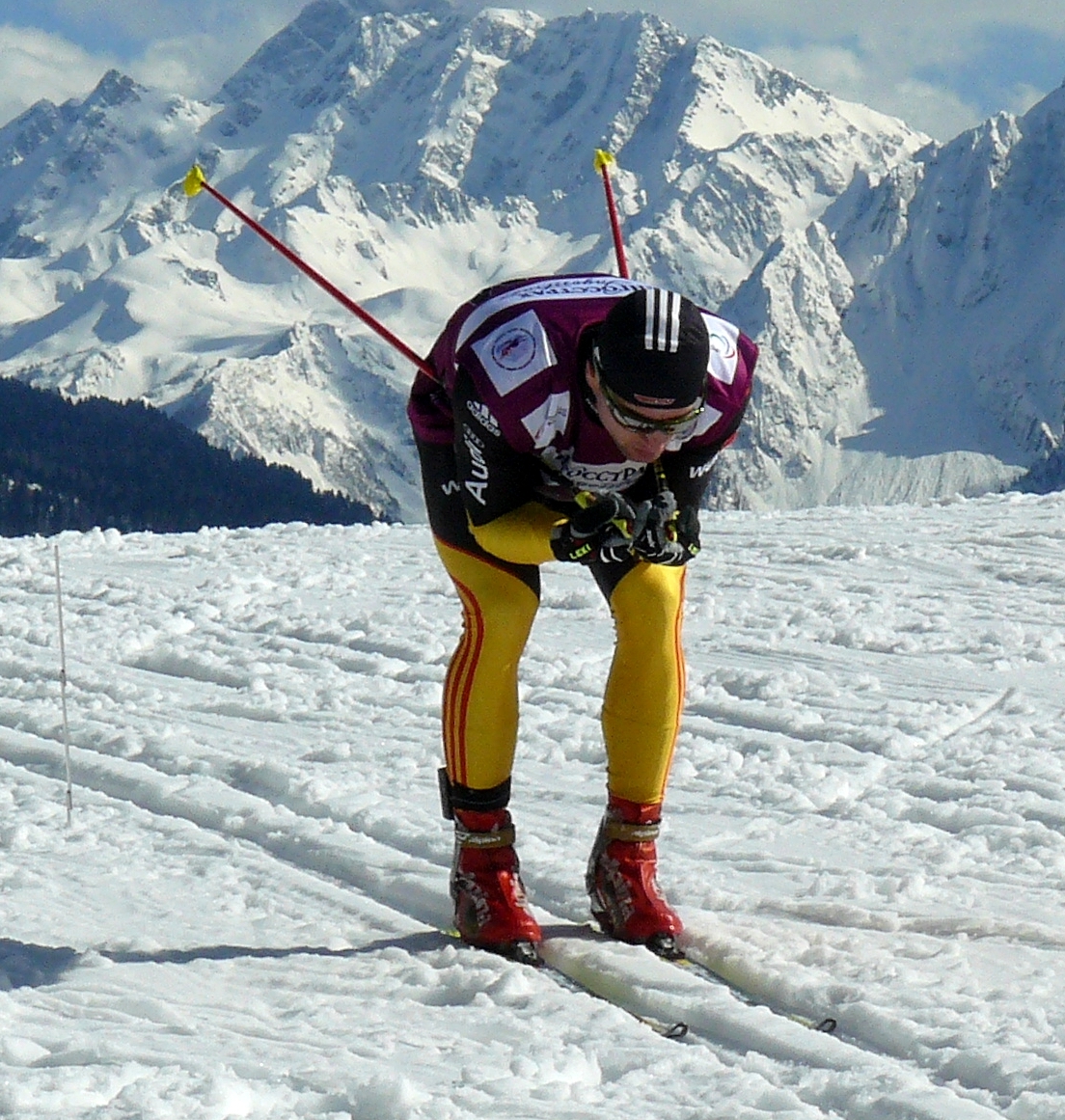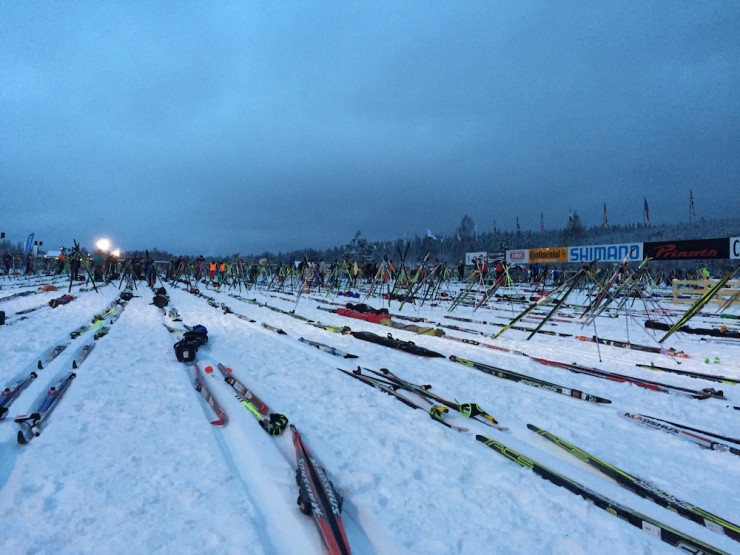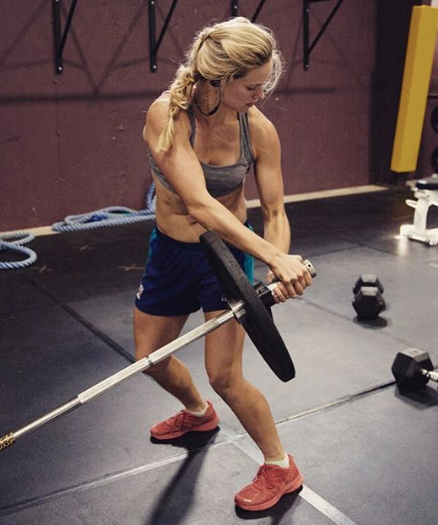

Below is an excerpt from a detailed article exploring “the problems of ski testing, measuring friction, and evaluating skis.” For first-timers, the linked article offers a glimpse into the technical side of the sport at the World Cup level. For those veteran wax-techs, it is an opportunity to agree to disagree or nod your head in agreement.
***
Competition preparation from the point of view of ski technicians
Competition preparation, which includes a detailed analysis of the external conditions, the preparation of the skis and subsequent testing, is an elaborate process that requires precision and is also a power-sapping operation. The technicians are required to have a sure instinct as well as knowledge of meteorology, physics and chemistry. Another difficulty is the time pressure to get a large number of skis finished to the point. Routine and teamwork are helpful, but also the understanding of the tribological processes involved.
Glide tests are carried out in close proximity to the running course or on the track. To evaluate the skis, a test runner runs down a marked out course several times without introducing measuring errors by changing his posture. At each run, the skiing time is measured and documented. Ideally, a glide test should not be performed by the technician who has waxed the skis. The shorter the gliding distance, the more evenly – in terms of posture – the tester will ski. However, if the distance is short, the time differences are also very small, which makes the evaluation more difficult. The opposite is true for long gliding distances

Ski tests are a necessary condition for success in racing. The test should be preceded by intensive analyses of the external conditions such as temperature, humidity, terrain profile and above all the properties of the snow. The analyses should be carried out at as many points on the track as possible to detect local differences. It is recommended to support the field tests with laboratory tests, because this way a large number of variants can be tested under constant conditions and a pre-selection is possible, which can reduce the number and duration of the field tests.
Link to article.



